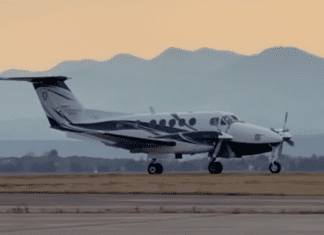This post is also available in:
 עברית (Hebrew)
עברית (Hebrew)
Artificial intelligence will play a key role in connecting sensors and shooters across the battlefield, thanks to its capabilities in analyzing data and assisting commanders in the decision-making process.
The US Army Futures Command has outlined 11 broad areas of artificial intelligence research it’s interested in over the next five years. Data analysis, autonomous systems, security, and decision-making assistance are the major ones.
A broad agency announcement released by the command’s Artificial Intelligence Integration Center said the service is “particularly” interested in AI research of autonomous ground and air platforms, “which must operate in open, urban and cluttered environments.”
The document specifically asks for research into technologies that allow for robots or autonomous systems to move in urban, contested environments, as well as technologies that reduce the electromagnetic profile of the systems.
Needs and fields of interest identified in the document, according to defensenews.com, include:
- Human-machine interfacing research and the prediction of an adversary’s intent and behavior on the battlefield. In the same category, the Army wants to be able to fuse data from disparate sources and have analytical capabilities to “exploit” classified and unclassified sources to make “enhanced” intelligence products.
- Combining human insight with machine analysis and developing improved ways of “efficiently” conveying analytics results to humans, through AI/ML research.
- Improving the display of data to humans. Data must be presented clearly to users — through charts or graphs, for example — so they can understand what the information means. The service is also seeking novel ways of visualizing sensor data and large data sets with multiple sources.
- AI for sensing on the battlefield, including detecting people, equipment and weapons, even when obscured.
- Network and communications security – more research into autonomous network defense and AI-based approaches to offensive cyber capabilities. It also wants novel cyber protection technologies and methods.
- Preparing for potential GPS-denied environments of the future, the Army is interested in research into algorithms and techniques to fuse sources of position, navigation and timing to provide “robust” capabilities.
- AI research is needed into “new approaches to enable secure, resilient, and automatically managed IoT networks in highly complex, mixed cooperative/adversarial, information-centric environments.”


























